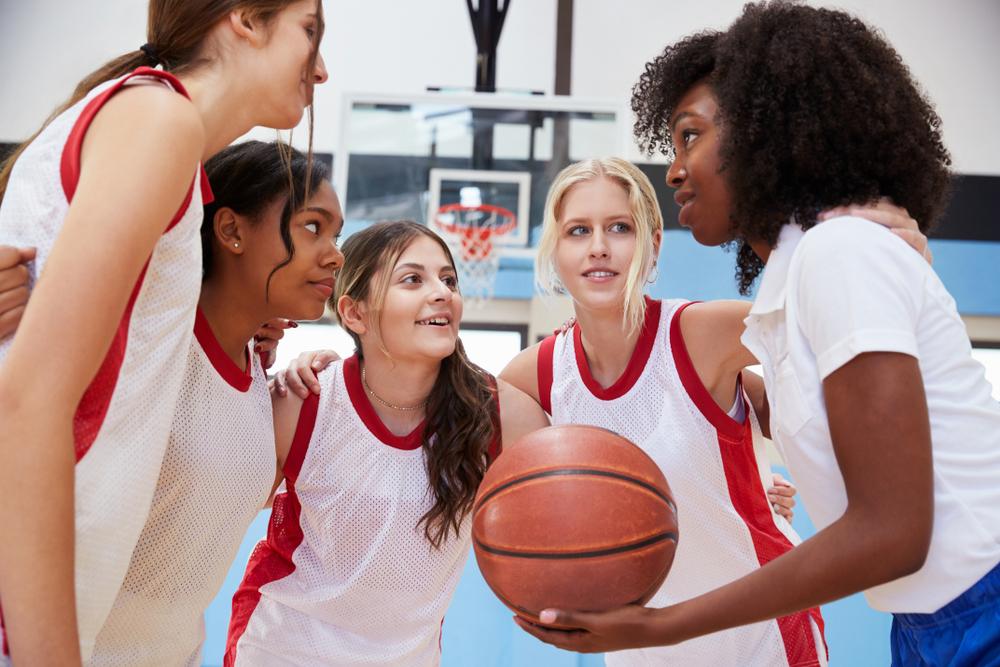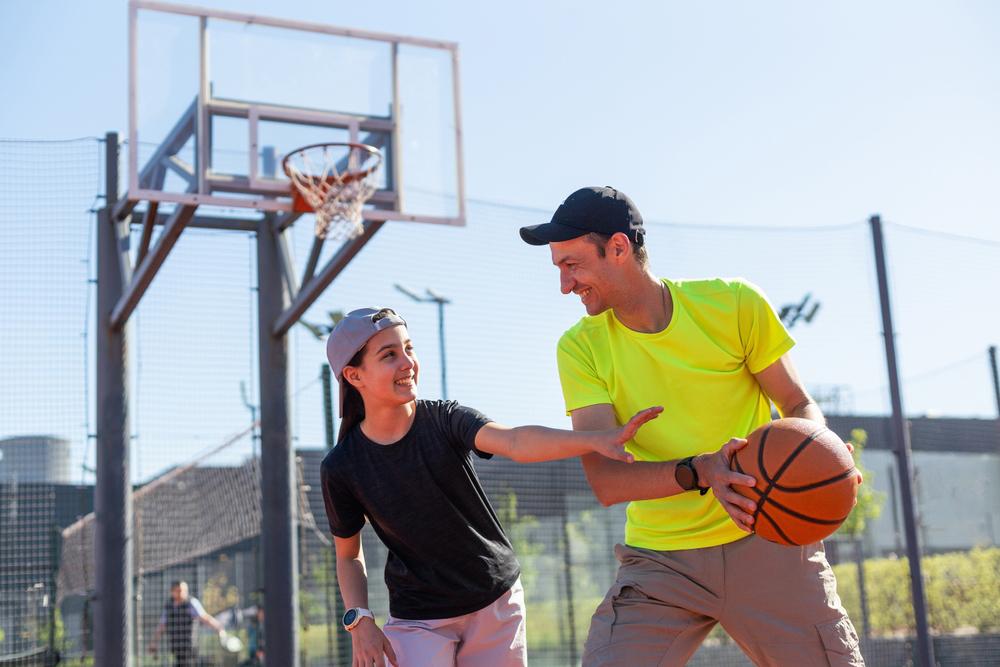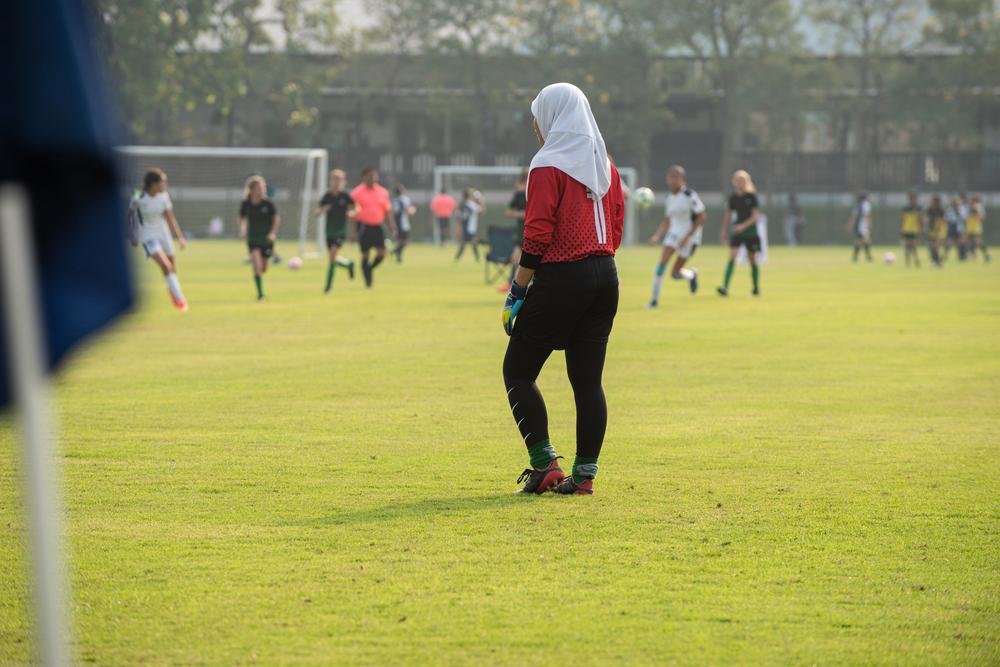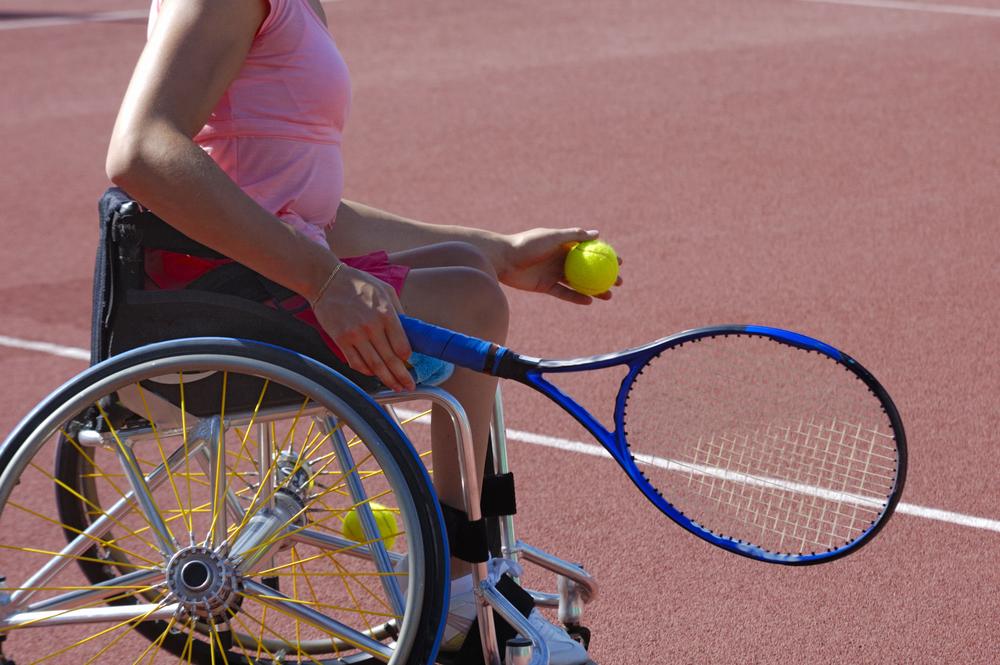 As a coach, you play a large role in the creation of your team culture. While athletes make a difference, you are ultimately the leader who will set the tone for the team each season as athletes come and go. It’s easy to fall into certain patterns and skip self-reflection, especially if you’ve been coaching for a long time. However, self-reflection is one of the most important things you can do to create a positive team culture for your athletes!
As a coach, you play a large role in the creation of your team culture. While athletes make a difference, you are ultimately the leader who will set the tone for the team each season as athletes come and go. It’s easy to fall into certain patterns and skip self-reflection, especially if you’ve been coaching for a long time. However, self-reflection is one of the most important things you can do to create a positive team culture for your athletes!
Here, TrueSport Expert Betsy Butterick, a coach and communication specialist, explains the simple steps you can take as a coach to improve your self-reflection both during interactions with athletes and when addressing team culture overall.
1. Understand your role in creating a team culture
Simply put, a team’s culture is the environment that the team has created. Team culture is the team’s agreement on how they treat each other, what rules they follow, and how they behave on and off the field. Hopefully, the environment is safe and positive, and athletes feel as though they have plenty of room to grow.
In school sports, culture can be complicated: Every year the team dynamics will shift and change as some players graduate and others join the team. Because of that, as the coach, you’re constantly helping to create and reinvent team culture with a mix of new and returning athletes.
2. Self-reflection and evaluation are no longer optional
“Unfortunately, often people are only willing to contemplate change when they’re in pain,” says Butterick. “But the coaching landscape is changing significantly, and coaches need to change with it. There is much more exposure to a coach and their program and team culture than ever before, thanks in large part to technology. Some of the challenges that have surfaced in coaching over the last several years are forcing coaches to become more self-reflective, because those who don’t are often out of a job.”
“Self-reflection is a healthy practice, and the coaches with the healthiest cultures are reflecting proactively and frequently,” she adds. “They’re doing things like talking to their athletes and listening to their experiences being coached, asking others about their perception of the program, soliciting feedback from parents, and talking to fellow coaches.”
3. Self-reflection can take many forms
While self-reflection often calls to mind practices like journalling, meditating, or even talking to a therapist, Butterick notes that it can be more casual and internal. “The most common kind of self-reflection for coaches tends to be situational, where the coach is assessing a response that they had to a recent situation,” she says. “They’ll think about what they said and how they could have handled that situation differently if they had the opportunity to do it again. They’re assessing if they should follow up and change their reaction.”
Other forms of simple self-reflection can include a post-competition debrief with yourself (on paper or just in your head) before having a debrief with the team. You can also engage in group self-reflection with your fellow coaching staff or with your athletes during a team debrief following a game, where you all have a space to share your feelings about how the competition went and how everyone is feeling.
4. Make space to self-reflect in non-reactive moments
Often, it’s easiest to self-reflect when there’s a problem, such as a bad game because the team wasn’t cohesive or after a difficult interaction with an athlete or a parent. But reflecting during the good or the quiet times can be even more important. Those quiet moments can often offer more clarity for overall team culture versus the more reactive negative moments. “The best coaches that I’ve observed are reflecting outside of those negative moments,” says Butterick. “They’re reflecting because they understand the value of the practice beyond simply a response to a less-than-ideal situation.”
5. Check your confirmation bias
 As you’re delving deeper into self-reflection, one thing you can look for in your coaching practice is when and where you’re defaulting to confirmation bias. Research has shown over and over that confirmation bias—seeing information that confirms your current belief—can have huge impacts on how teachers interact with students. The same is true of the coach/athlete relationship. If you were told that an athlete is ‘lazy’ by a fellow teacher, you’re much more likely to notice when they’re slacking at practice or showing up unprepared, compared to the player that your co-coach deems ‘highly responsible.’
As you’re delving deeper into self-reflection, one thing you can look for in your coaching practice is when and where you’re defaulting to confirmation bias. Research has shown over and over that confirmation bias—seeing information that confirms your current belief—can have huge impacts on how teachers interact with students. The same is true of the coach/athlete relationship. If you were told that an athlete is ‘lazy’ by a fellow teacher, you’re much more likely to notice when they’re slacking at practice or showing up unprepared, compared to the player that your co-coach deems ‘highly responsible.’
Additionally, become aware of any time you’re assigning an attribute to an athlete rather than to their actions, says Butterick. For instance, if an athlete ignores your direction, don’t call them disrespectful. Instead, say that ignoring you was disrespectful. This small shift can make a big difference in your perception of your team. An easy way to catch this is by simply asking yourself: Have I made a judgment about this athlete?
This is especially important when dealing with teen athletes because their identities are constantly changing, as are their life situations. Butterick points out that you’re only seeing an athlete for an hour a day at practice. An athlete showing up late or exhausted doesn’t mean that they’re lazy, it could mean that they had a big exam and had to stay up late studying, they may have had a fight with a friend, or perhaps they lost a grandparent over the weekend. As adults, we often assume that young athletes don’t have ‘real problems,’ and so it’s easier to assign negative attributes to them when they’re out of line. But often, the situation is more complex. Self-reflection helps you think beyond the obvious first judgment.
And remember: Your athletes may have similar confirmation biases about you! While you may not be able to actively change them, simply being aware that the bias may exist can help you better communicate with athletes. Butterick cites a favorite example of a student doing a college tour and being told by the senior showing her around that the coach was nice but could be very defensive. Based on that comment, the new athlete saw the coach acting defensively at practice. The coach may indeed have been acting defensive, but it’s also possible that she was reading into a situation because that comment had her looking for behavior that reinforced what she was told.
6. Conduct regular check-ins or ‘informational interviews’ with athletes
At TrueSport, we often refer to the concept of an ‘open door policy’ for coaches. Your athletes should feel comfortable coming to talk to you about problems or concerns. But you can also go a step further and be proactive about these check-ins. “Anytime we can get outside of our own perspective and intentionally get curious about the perspective of others, we have a much better chance of creating a more integrated, holistic, and healthy environment,” says Butterick. “Talk to your athletes regularly. You can ask them to simply share anything they feel is important for you to know or understand. And you may be surprised by what you learn.”
You can also help your athletes self-reflect and define the team’s culture in a group setting. Defining the ideal team culture can make it easier for athletes to act in a way that best exemplifies the way they want to present themselves to the world. Butterick suggests using the following questions for discussion:
- How do we want to treat each other in this shared space?
- How do we want to address issues before they become problems?
- What standards are we setting for each other?
- How are we holding each other accountable?
___________________________
Takeaway
To make change within yourself or your team, you need to be aware of your actions and how you are perceived, which is where self-reflection can be useful. Self-reflection should be an ongoing, regular process for every coach. There are many ways you can practice self-reflection, from journalling to soliciting feedback to simply taking time to reflect on your recent actions and thoughts.



